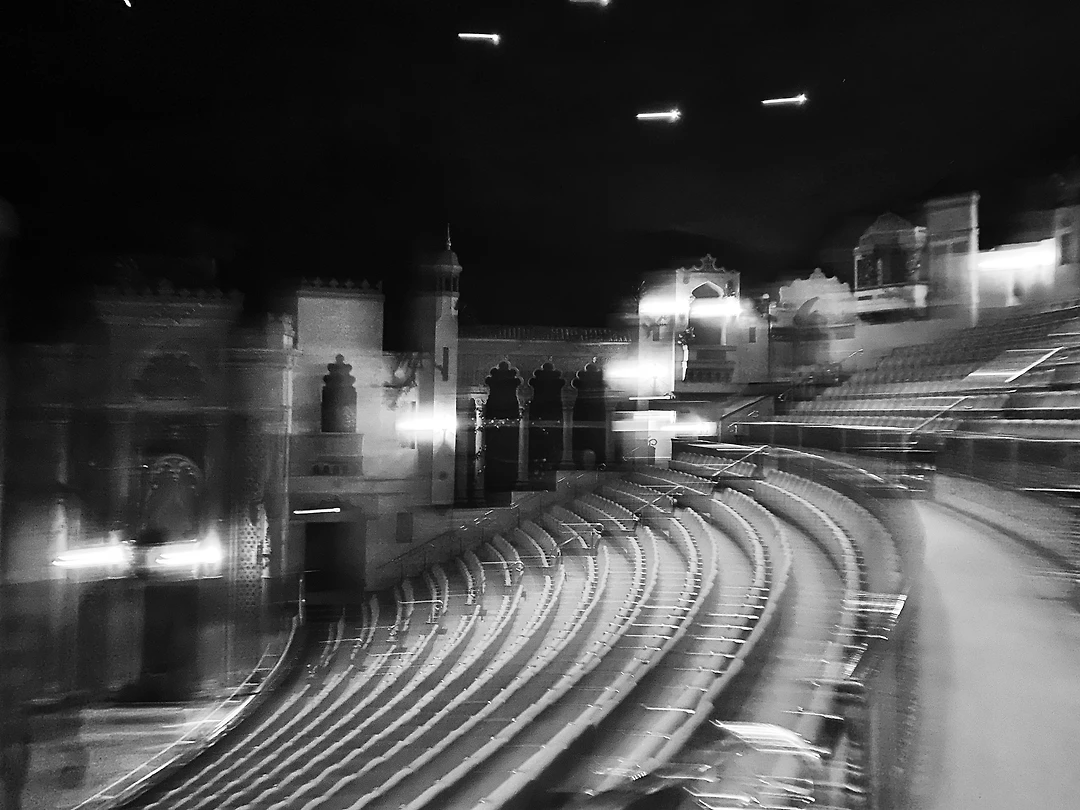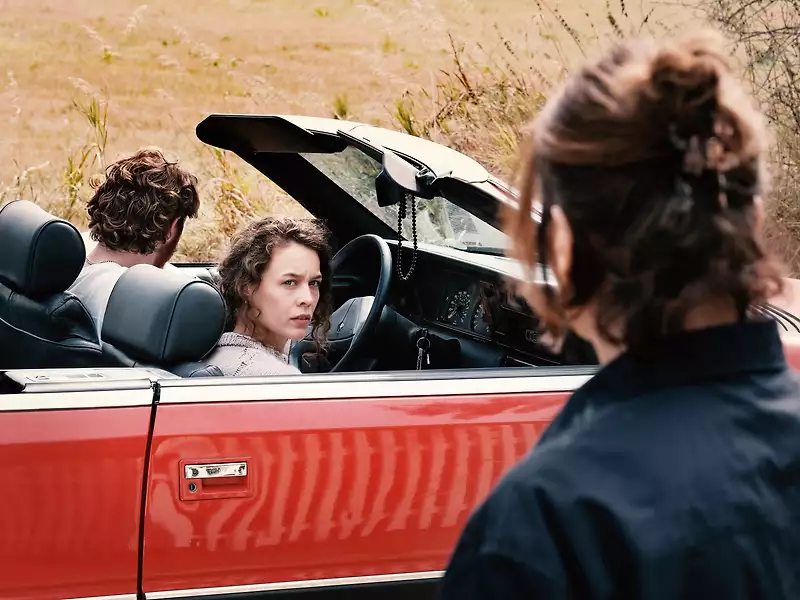Notes from NZIFF in Tāmaki Makaurau by Amanda Jane Robinson
by Amanda Jane Robinson, NZIFF Marketing and Communications Coordinator

It’s not often Auckland feels glamorous, but Closing Night of Whānau Mārama this year was an exception. Earlier in the evening patrons had left the Live Cinema screening of Charlie Chaplin’s The Circus with the Auckland Philharmonia Orchestra accompaniment, and an hour later audiences were streaming in for the Closing Night film, Aki Kaurismäki’s Cannes Jury prize-winning deadpan comedy Fallen Leaves. It is nights like this that make the grey depths of the Aotearoa winter feel worth it. There’s a warmth to conversations had in the foyer of The Civic, and friendships are forged during the weeks of the festival. This year I saw actress Roxie Mohebbi and cinematographer Caleb Corlett nearly every day, not to mention spending morning until midnight with the Tāmaki-based members of the NZIFF team: Social Media Coordinator Tate, Events and Logistics Manager Megan and Ticketing Manager J. We found our rhythm — one of us would buy coffees from Remedy across the street, we’d check in with the rest of the team based in Te-Whanga-nui-a-Tara, we’d try to remember to eat more than Proper Crisps and mandarins, but we’d lose hours at a time darting between our windowless office and the theatre. Working for the festival for the first time was a trip and spending three weeks in The Civic never lost its thrill. The best film I saw at the festival this year was the restoration of Chocolat, one of the only screenings I went to alone. I’ve been a Claire Denis girl for years now, but had somehow missed this one, her 1988 debut, and was taken by its sophistication. The best contemporary film of the festival also concerned the French colonial — Albert Serra’s uneasy, hypnotic Tahiti-set Pacifiction. The creeping descent, the dark paradise of it all. I’m still thinking about Pahoa Mahagafanau’s performance. The best debut feature of the festival was Molly Manning Walker’s neon-drenched How to Have Sex. I’m certain none of these films would have resonated with such force had I watched them at home — the best movies are made for the cinema, and I’ll always be thankful NZIFF gives us a chance to see them on the silver screen, especially those that may never receive a wide release. As well as the films themselves, I was impressed by the festival’s new NZIFF Engage programme. This country is in dire need of more robust arts criticism, and the introduction of panels and discussions that take cinema seriously in a local context is an urgent, welcome move. Between the Q+As with visiting international filmmakers, panels, guild events and New Zealand film premieres, it was the first time since the pandemic I’ve seen the film industry and moviegoing audiences come together with such ease and enthusiasm. I’ve always loved the movies, but it’s something more that keeps me coming back to the film festival year after year. The grandeur of it all, without snobbery. At the Civic it’s the flamingo curtain, the starlit ceiling, the pleasant chimes announcing a film is about to begin. It’s the spiralling descent underground to Academy, that perfect pastel pink of the Hollywood Avondale, the bitter cold rush along the marina to arrive at the ASB Waterfront Theatre. It’s the laksa at Selera after a screening at Rialto Newmarket, or the way the city twinkles on the drive back to town after a movie at Bridgeway. There’s something about the house lights going down and the screen flickering to life that feels glamorous. Maybe it’s as simple as collective empathy. To me, it’s the only time of year this city feels like a real city. |


-0-800-0-600-crop.webp?k=c2eb3a9655)
